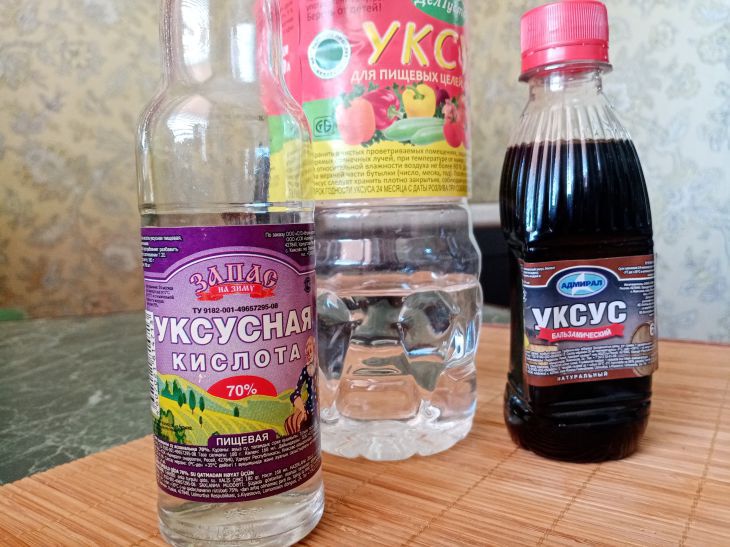Red and White Wine and Balsamic Vinegars: What's the Difference and How to Use Them
On the shelves of modern stores there are many different vinegars – familiar and rare.
A significant portion of recipes require vinegar. Salad dressings, sauces, marinades for meat, fish, vegetables, mushrooms are just some of the cases where this product can be useful.
But each type of vinegar has its own task. Where red wine vinegar is needed, balsamic or rice vinegar will not work.
Red and White Wine and Balsamic Vinegars: What's the Difference
Wine vinegar is red when it is infused on the peel. But it can also be white. There is no particular difference between them, except for the color.
Balsamic vinegar is made from wine vinegar. The product is aged in special barrels. In the process, the vinegar loses excess moisture and acquires more sugar.

Red and white wine vinegar
The product is used to prepare a light marinade. For example, for shashlik from meat, poultry, fish. In addition, both white and red wine vinegars are ideal as a base for sauce.
They are suitable for the case when a dish needs to be given a noble wine-fruit sourness. The product is especially appropriate when the marinade recipe contains some sweet ingredient.
For example, honey, fruit or syrup. Wine vinegar creates an excellent tandem in vinaigrette, for the preparation of which very sweet beets are used.
Balsamic vinegar
This product is used much less frequently by amateur cooks. Balsamic vinegar is often added to ingredients directly on the plate. An example is the Italian caprese salad.
